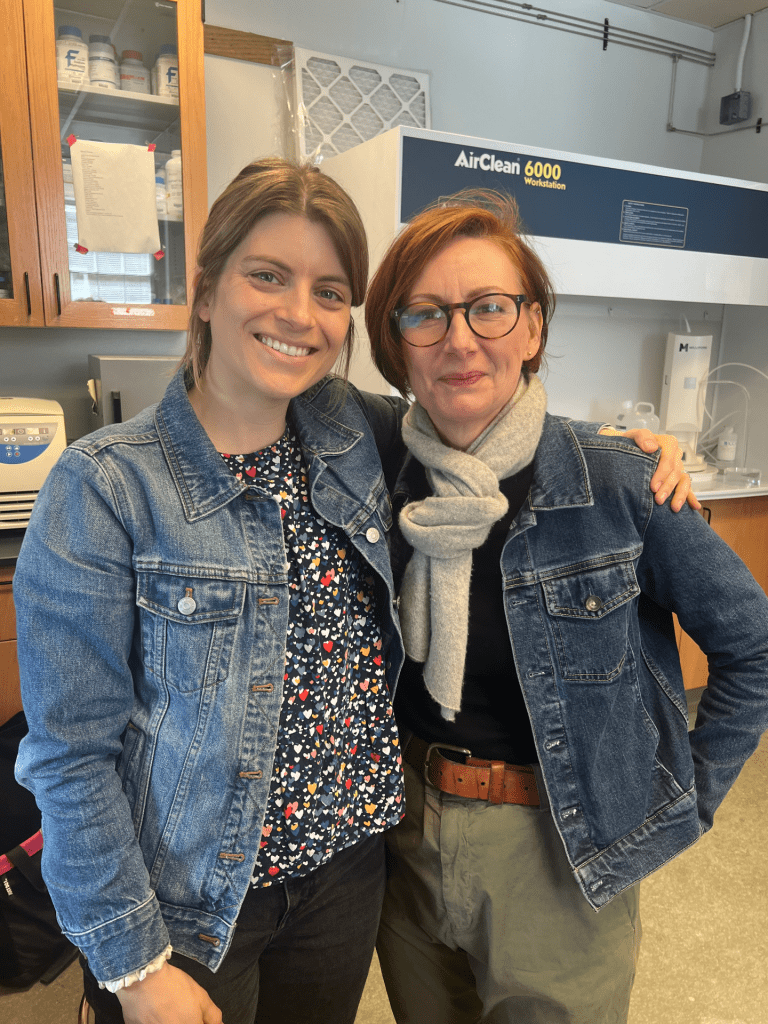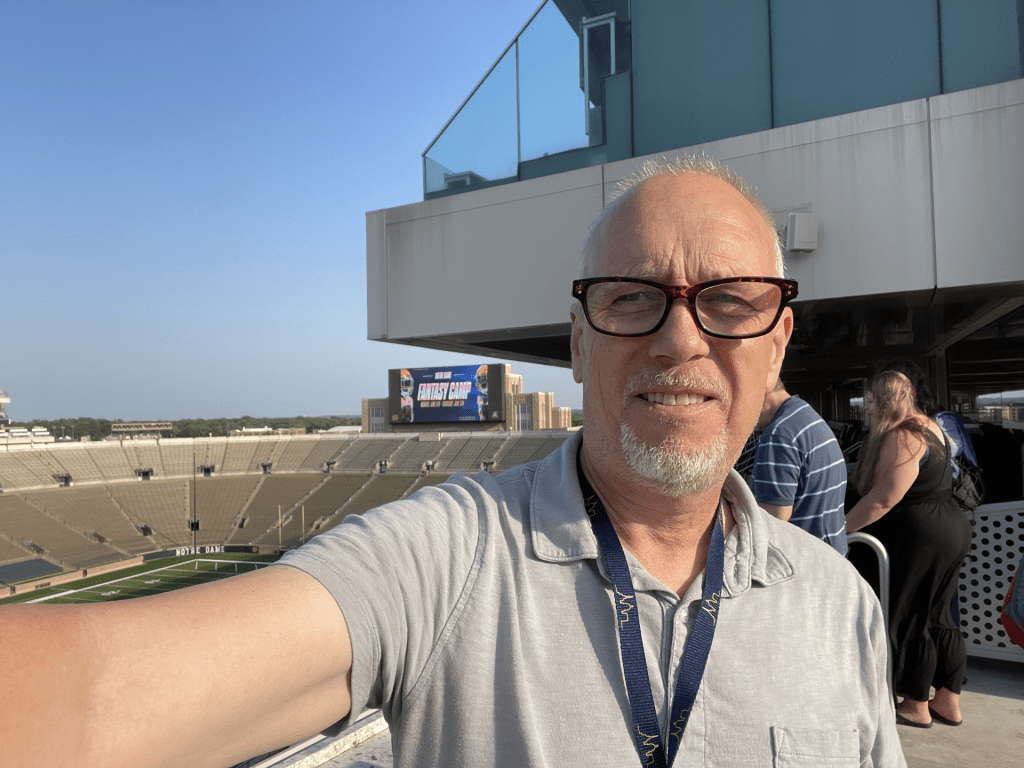








Brian P. Jackson, PhD – Director
Brian P. Jackson graduated from Oxford University (UK) in 1989, with a BSc in Chemistry. He earned his PhD in Soil Chemistry at the University of Georgia (USA) in 1998. Brian came to Dartmouth in 2005 to become Director of the Trace Element Analysis Core and is also a Professor in Earth Sciences.
Brian has a long-standing interest in the use of analytical methods for understanding speciation and size fractionation of trace elements in environmental and biological systems. Brian began his research career in 1995, studying the availability and speciation of arsenic and selenium from coal fly ash and mixtures of fly ash, sewage sludge and poultry litter. Surprisingly, poultry litter had the highest available arsenic of these three waste products, because poultry were fed an organo-arsenic compound, known as Roxarsone to increase feeding efficiency and retard parasite growth . Brian was one of the first researchers to study the environmental effects of these organo-arsenic feed additives. Fifteen years later, after studies by many other groups and public pressure, the US FDA banned all four arsenic drugs from poultry production.
When Brian arrived at Dartmouth in 2005 he began to work on mercury as part of the Dartmouth Superfund Research Group. His group developed species specific isotope dilution methods for low level mercury speciation analysis, and an extraction/digestion method for low sample mass samples that allows both mercury speciation and total trace metal analysis of the same extract. His group has also used enriched species specific mercury tracers to understand mercury species cycling and availability in estuarine systems.
Dartmouth also has an active research focus on arsenic and Brian has worked with colleagues to study sources of arsenic exposure and human biomarkers. In 2012 the group had national media attention for their papers on arsenic in products containing brown rice syrup and increased urinary arsenic in pregnant women as a result of rice consumption.
Throughout his research career Brian has exploited the versatility and sensitivity of ICP-MS as a tool to understand trace element speciation.

Tracy Punshon, PhD, Co-Director
Tracy Punshon earned her BSc in Applied Biology in 1992 and a PhD in Plant Biology in 1996 from Liverpool John Moore’s University (UK). Tracy studied metal tolerance and resistance in plants, specifically in fast growing willow species for her PhD studies and is currently a Research Assistant Professor in the Department of Biology at Dartmouth College.
Tracy uses spatially resolved elemental analysis (elemental mapping) to understand the biochemistry of metals in biological systems, including essential and contaminant elements. She specializes in the use of two spatially resolved metal analysis techniques: synchrotron x-ray fluorescence (SXRF) imaging and laser-ablation interfaced with ICP-MS. Tracy oversees and conducts the spatially resolved elemental analysis for the Trace Element Analysis Core. She has conducted elemental mapping studies on a wide range of environmental and biological specimens, including soil, plants, and human tissues.
Tracy has conducted research at three U.S. synchrotron facilities, and a total of six individual beam lines, including the National Synchrotron Light Source X26A and X27A, Advanced Photon Source 2-ID-D and 13-ID-E Stanford Synchrotron Radiation Lightsource BL2-3 and 10-2.

Ramsey Steiner, PhD – Lab Manager/Research Scientist
Ramsey graduated from Union College (Schenectady, NY) in 2012, with a B.S. in Chemistry. She earned her PhD in Bioinorganic Chemistry at the University of Georgia (Athens, GA) in 2018 where she focused on small molecule mimics of nickel superoxide dismutates (NiSOD). Ramsey worked as a Lecturer of Chemistry before returning to research at the Trace Element Analysis Core. Ramsey oversees and conducts sample prep and data collection for solution-based multi-element analysis and arsenic speciation. She also focuses on using LA-ICP-MS and metal-based immunohistochemistry (IHC) to spatially resolve metal distribution in biological tissue.

Matt Barr, BS – Research Assistant
Matt graduated from Middlebury College in 2018 with a bachelor’s degree in geology and environmental studies. For his senior thesis he used U-Pb dating and LA-ICP-MS to conduct this research at Middlebury, and prior to joining BNEIR, Matt worked as transmission electron microscopist in Denver, Colorado.
